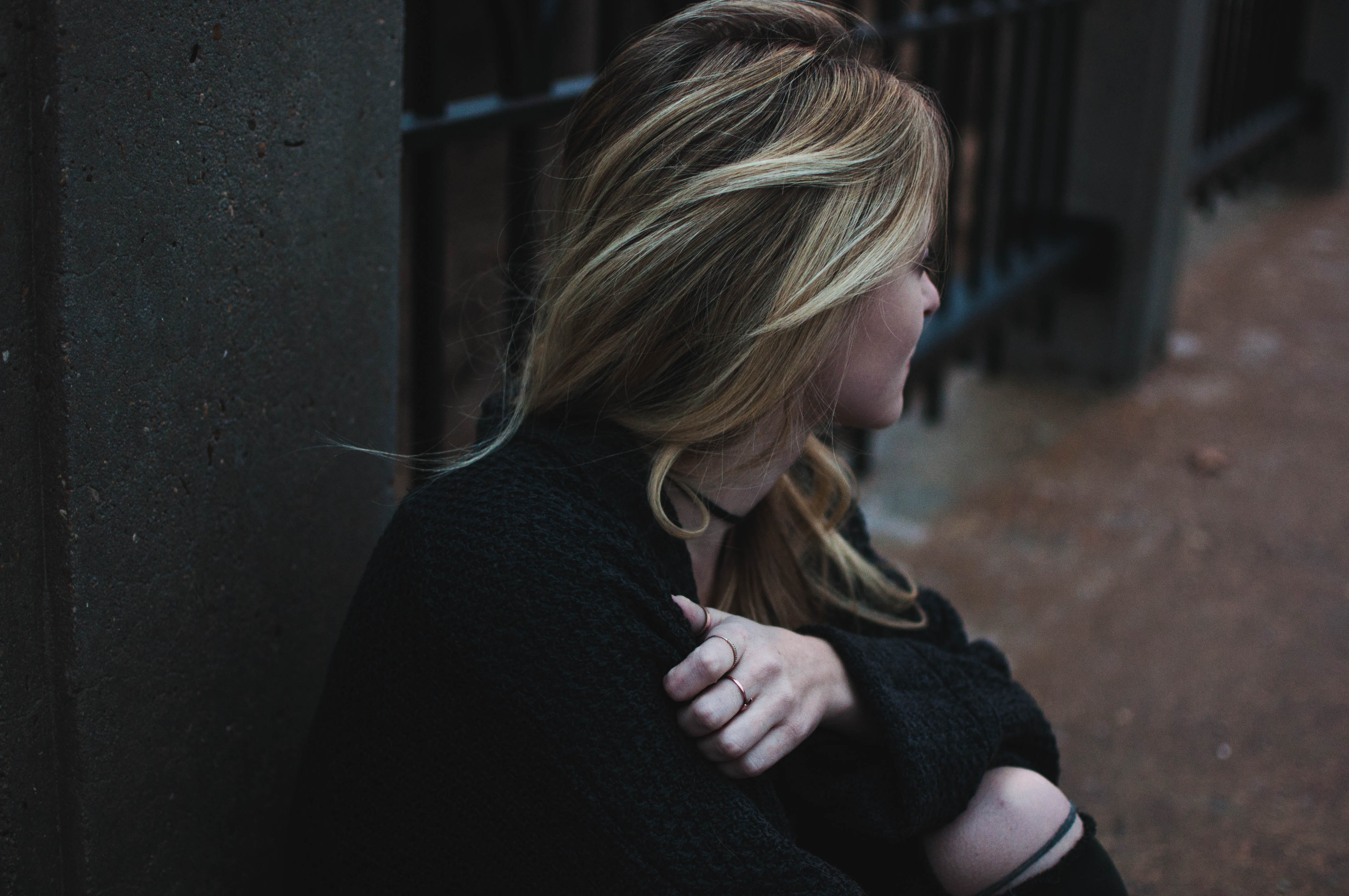Grief affects us in multiple ways, and it’s not always in black and white. It isn’t something that can simply disappear or evaporate into thin air. That’s not how it works. I can’t tell you how many times I’ve found myself asking why her, why him, why this, why now? We can’t know why people come in and out of our lives as they do. We can’t know or predict when we’re going to receive that news from the doctor we don’t want to hear. It’s not in our control. It’s part of life’s cycle. You’ve got to find ways to move through grief so it doesn’t overpower and consume you. Let me tell you a story about how grief affected my life and some insights I’ve gained.
In 2008, I lost someone very close to me, someone I’ve known since we were prancing around in diapers (very young). It was probably the darkest, most troubling period when I heard a long-time friend of mine had died in the midst of being diagnosed with a genetic disorder that continues plaguing me today. I wasn’t ready to lose someone like her or face my own mortality to boot. Being faced with the death of a sister-like friend on top of a life-threatening diagnosis was a lot to handle (all while in college and earning my degree).
Now, there is another kind of grief I want to discuss. It’s been a while since I’ve written because I’ve been dealing with a chronic pain flare-up. My intense flare-up (not so bad today) had me thinking about other ways grief impacts us. I began grieving for my past self for a moment yesterday, me before I had this chronic pain condition. I didn’t always have it, but I realized it’s not healthy to wish you could be your old self. In all honesty, I wouldn’t trade now for anything from my past.
Just yesterday, I received advice from someone who assured and reminded me of how things won’t always be this way, time is always passing. I don’t want to go back to the past; I’m happy where my life is now despite the physical discomfort and lack of mobility I have. Still, I’m being creative, writing, and doing what I know to do. Every day, I exercise three times a day because this is what I need to do to feel better. I’ve never done so much exercising before, ever, and it feels great. It keeps me looking forward. I’m physically stronger now than I was back then. There are strategies and tools I use that remedy and help my pain and inspire me to accomplish more goals.
The best way to work through grief is to feel it, and then after, busy your mind with something that enriches and brings you joy. Blocking the pain doesn’t eliminate it. Feeling and being in the present, even with grief, can help balance your emotions. It’s OK to feel the sadness of loss, even if it takes a while to pick yourself back up. Sometimes, simply doing something or adding something new to the world can help us gain a better understanding or other insights about our lives.
In those dark hours, I turned to the tools that were freely available. We’re most connected to ourselves when we’re in pain because that’s when our body and mind are telling us something, informing us of something. We’re communicating with ourselves and in tune with what’s going on. Instead of dwelling in the doom and fear of pain, I try to do the things that bring me peace and tranquility. Listen to what you truly need and don’t need. Find things to do that encourage and uplift you.
Art was what I had first used as a coping mechanism, which helped me transform a troubling situation into something beautiful. That engagement brought me to a different mindset. Painting, writing and practicing faith was how I processed everything. If you think about it, pain is what drives many musicians to play music, painters to paint, poets, and storytellers to write. Something beautiful comes out of it all. Creating something, in my opinion, is the healthiest processing outlet. When I’m creating, my mental health and emotions are balanced, and I’m contributing to the world in a meaningful way.


